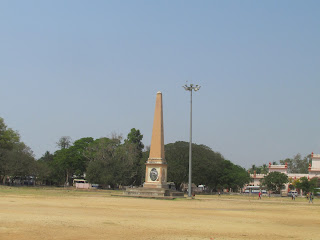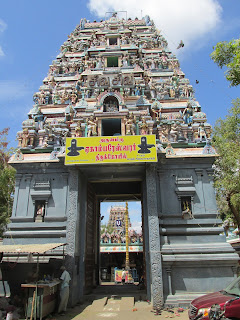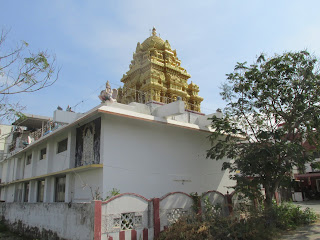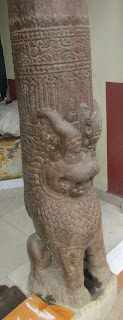Robert Kelly's Memorial - Arani

Arani is a historic town in the Tiruvannamalai district of Tamil Nadu state in India. It is located at a distance of around 140 km from Chennai. The town, which is famous for its silk materials, has a lot of monuments and temples. In this article, let me talk about Robert Kelly's Memorial. Robert Kelly's Memorial is located in the fort area at the heart of Arani Town. This monument is in the form of an obelisk and stands at a height of about 45 feet. It is located on a vast old parade ground and attracts many visitors. This is one of the major landmarks of Arani town. Before divulging more details about this monument, let me give some background about Robert Kelly. Robert Kelly arrived in Chennai (Madras) in 1760 CE. He was a junior rank officer then. By 1778 CE, he became Major. He proposed a military survey of South India. He was apparently made as Geographer of the Company. He was surveying Arani when he was killed on 29th September 1790 CE . By then, he ...









